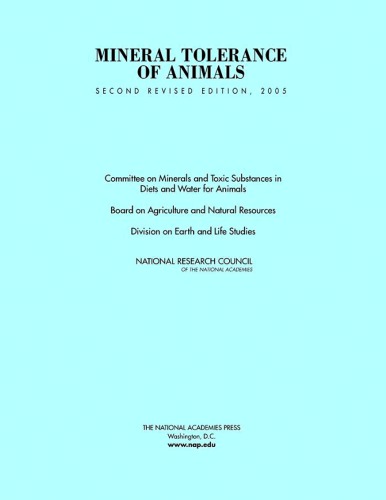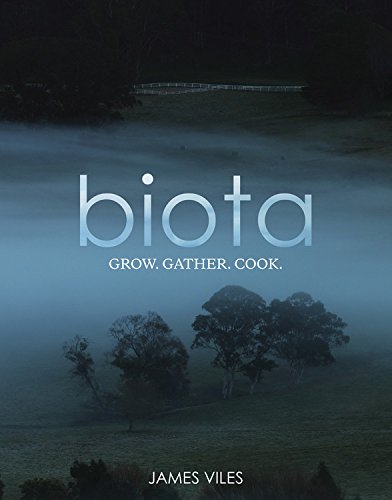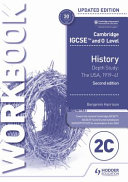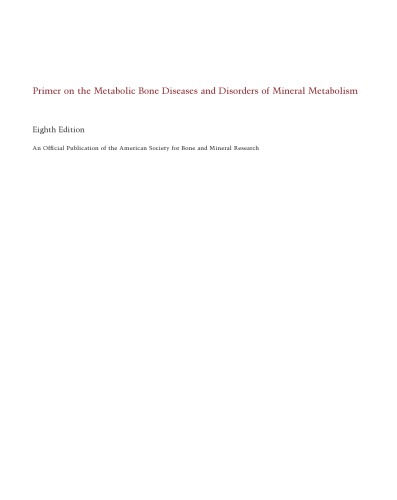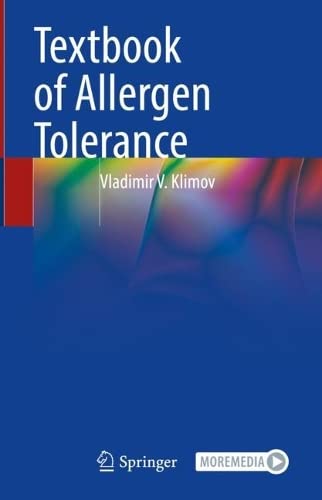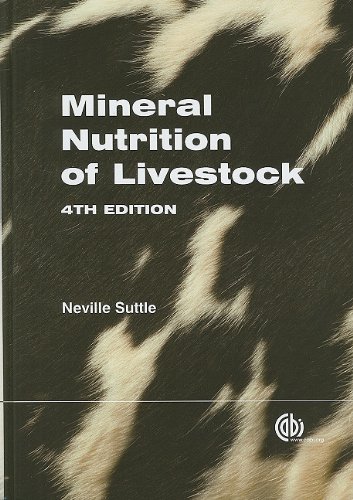The Mineral Tolerance of Domestic Animals, 1st Edition (1980), prepared by the Subcommittee on Mineral Toxicity in Animals under the National Research Council, is a foundational scientific reference that explores the thresholds at which essential and non-essential minerals can become toxic to various species of domestic animals. Developed in response to the growing concern about mineral imbalances in animal diets, this comprehensive volume provides detailed analyses of numerous minerals—including both macro and trace elements such as arsenic, cadmium, copper, lead, selenium, and zinc—along with their physiological effects, sources of exposure, and maximum tolerable levels (MTLs) in feed and water. Drawing on existing experimental data, case studies, and reports of mineral-related disorders, the book presents a systematic framework for evaluating mineral toxicity across species such as cattle, swine, poultry, horses, and sheep. Each mineral-specific chapter includes discussions of the element’s biological role, toxicokinetics, clinical signs of toxicity, interactions with other nutrients, and guidance on safe exposure limits. The work also emphasizes the importance of species-specific responses to minerals and considers factors like age, productivity, and environment in setting tolerances. Serving as a landmark in animal nutrition and veterinary toxicology, this publication informed feed formulation, regulatory standards, and animal welfare practices, and remains a valuable resource for animal scientists, veterinarians, nutritionists, and policymakers. Though scientific understanding has evolved and was later updated in the 2005 revised edition, the 1980 version laid the groundwork for modern approaches to managing mineral risks in animal agriculture.

